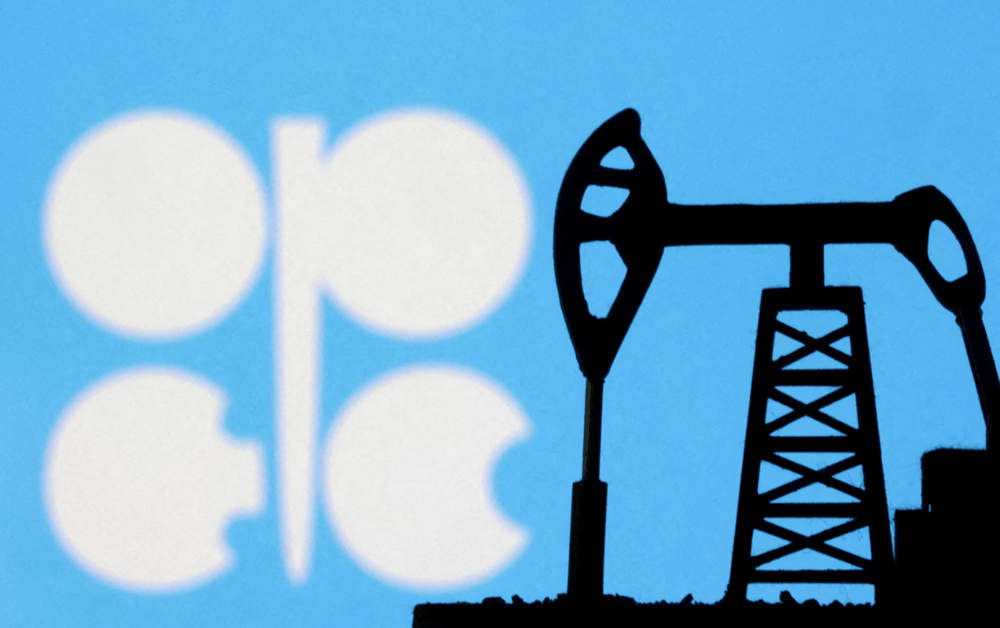Commodity Supercycle Nears an End as World Bank Projects Price Decline Through 2026
Global commodity markets may be entering a cooling phase, according to a new forecast from the World Bank. The development lender projects that real prices for key raw materials will drop 12% in 2025 and a further 5% in 2026, reaching their lowest levels in inflation-adjusted terms since the early 2020s. This outlook reflects growing signs of a broader economic slowdown and the fading impact of the post-pandemic recovery and geopolitical shocks.
A Market Reversal from Crisis-Era Highs
After years of volatility driven by COVID-19 recovery efforts and supply disruptions linked to the war in Ukraine, commodity prices surged to multi-year highs. However, the World Bank now forecasts a reversion to the mean. The 2025–2026 price outlook suggests a return to 2015–2019 average levels in real terms, marking a clear departure from the inflation-fueled commodity supercycle of the past few years.
Key drivers of this shift include:
Declining global trade volumes due to lingering tariff disputes
Slower industrial output in major economies such as the U.S. and China
Easing supply chain constraints across energy and agricultural sectors
Core Forces Reshaping the Commodity Landscape
Global Growth Headwinds Economic activity in both developed and emerging markets is losing steam. Central banks remain cautious, and trade conflicts have weakened cross-border demand.
Geopolitical Stabilization While risks persist, markets are adjusting to the effects of the Russia-Ukraine conflict and realigning supply chains, reducing the premium once baked into energy and grain prices.
Rebalanced Demand and Supply Increased production capacity and normalized logistics are helping to stabilize availability, easing inflationary pressure across categories like metals, energy, and food.

Areas Facing the Sharpest Impact
Energy Markets Oil and gas are expected to lead the decline as global demand plateaus, clean energy investments rise, and inventories rebuild.
Industrial Metals Demand for copper, nickel, and aluminum is set to weaken in line with slower construction and manufacturing activity, especially in China.
Agricultural Products Improved crop conditions, lower fertilizer prices, and stabilized logistics are driving down the cost of grains, sugar, and edible oils.
Underlying Risks Still in Play
While the forecast points to a softening market, uncertainty remains. Volatile weather patterns, unexpected policy shifts, and potential supply disruptions could still spark sharp, short-term price movements.
Trade tensions reigniting between major economies
Extreme climate events damaging crops or energy infrastructure
Changes in monetary policy by the U.S. Federal Reserve or European Central Bank
Strategic stockpiling or export bans from key suppliers














Comments